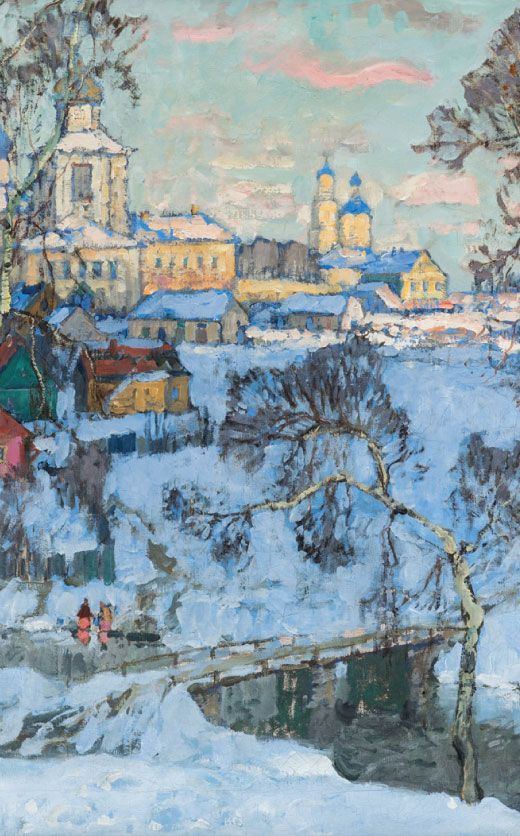Figural Hard Stone Cane
Lot 15
About Seller
Kimball Sterling
125 West Market Street
Johnson City, TN 37604
United States
Family-owned and family-run Johnson City Tennessee auction business for 25 years. Selling antiques and collectables for 38 years. Kimball M. Sterling, Inc. was founded and is owned by Kimball and Victoria Sterling, time and again, they have laid solid claim to world-wide attention and renown with an...Read more
Estimate:
$1,800 - $2,500
Absentee vs Live bid
Two ways to bid:
- Leave a max absentee bid and the platform will bid on your behalf up to your maximum bid during the live auction.
- Bid live during the auction and your bids will be submitted real-time to the auctioneer.
Bid Increments
| Price | Bid Increment |
|---|---|
| $0 | $10 |
| $100 | $25 |
| $500 | $50 |
| $1,000 | $100 |
About Auction
By Kimball Sterling
May 24, 2025
Set Reminder
2025-05-24 11:00:00
2025-05-24 11:00:00
America/New_York
Bidsquare
Bidsquare : Masterpiece Cane Auction
https://www.bidsquare.com/auctions/kimball-sterling/masterpiece-cane-auction-19479
A European Masterpiece Cane Auction Kimball Sterling kimballsterling@earthlink.net
A European Masterpiece Cane Auction Kimball Sterling kimballsterling@earthlink.net
- Lot Description
Ca. 1900 Wheel cut of an amethyst in a basic L-shape to depict a prone pug, the rendering stresses the absurdly large, round head with an adorably squished and short-muzzled face. The wrinkly cheeks extend to the sides of a pair of widely spaced circular, three-colored enamel eyes, bulging out of their sockets and giving the characteristic, perpetually dopey expressions that can't help but make you smile. The skin on the skull and forehead falls in folds with two large, laid-back ears. The legs are stocky, and the curly tail is short and carried low. Prioritizing the comfort of the wearer with a shallow relief and smooth edges, the canine draws a tremendous fascination from the natural intense purplish color and structure of the amethyst, further strengthened by a meticulous attention to the surface treatment, polished to the figural part, and matted to the gently angled base. An elegant gilt metal collar chased with a crown of trailing laurel leaf paired with a superbly figured snake wood shaft and white metal ferrule are a license to ultimate luxury and credentials for decisive indulgence. With the fascination of all things French, this cane should be considered a celebration of the easygoing nature and “comedian” charm of the fashionable pug of the time. A figural hard stone cane belongs to a certain type treasured and revered by collectors of fine objets d’art. Costly to produce and reserved for noble and wealthy clients, they speak volumes in the history of art and evoke legendary masters, to name only a few: Fabergé in Moscow, Cartier in Paris, Briggs in London, Tiffany in New York, and Franz Hiess in Vienna. H. 3 ¼” x 2 ½”, O.L. 36 ¼” $1,800-$2,500 Amethyst is a gemstone associated with qualities such as humility, tranquility, devotion, and acceptance. It was linked to Bacchus, the deity of wine, and was believed to alleviate intoxication. The amethyst jug came to represent sobriety, perhaps because of its resemblance to wine but lacking any intoxicating properties. Amethyst, a powerful and safeguarding gemstone, is often used in adornments and serves as the customary birthstone for February.
- Shipping Info
-
Each auction has different shipping terms but the buyer always pays.
Canes:
After payment has been received we will contact you.
-
- Buyer's Premium



 EUR
EUR CAD
CAD AUD
AUD GBP
GBP MXN
MXN HKD
HKD CNY
CNY MYR
MYR SEK
SEK SGD
SGD CHF
CHF THB
THB



















